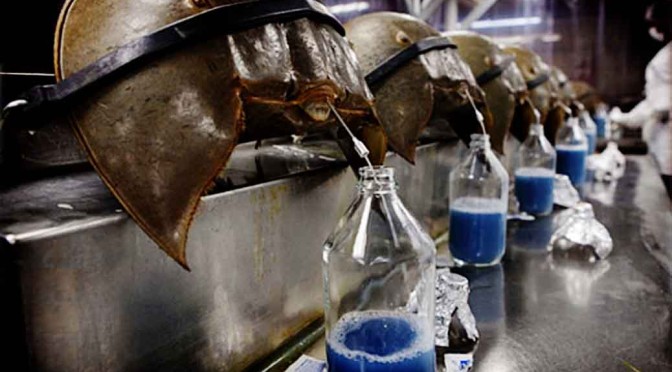Writing is not an easy skill, no matter how simple it may seem at a first glance. But, you need it to go through your education with success Everything is based on writing when in school and if you have good writing skills, you will do better in everything. Exams, essays and so on, all have a huge impact on your school results and they all require writing.
As a teacher, you need to help every single student improve their skills and acquire new writing skills. Your students will become better people as a result of this.
But, most teachers don’t realize that they will need to provide a lot of help for their students so that they can develop these skills. They have a responsibility to do this. While your students can improve your skills without working hard, you have to be there to make sure that they are doing a good job.
Follow these tips to help your students learn more and better:
Encourage good and penalize bad writing
Some teachers want to get good results but never want to do anything about it. They never motivate their students properly and if they want their students to work well, they have to ask for the results. Let your students know that they will get a reward for good writing and that they will be punished for bad writing. Let them know that those who make great efforts to write well while being thoughtful and clear will be able to get some extra points and better grades and that those who work less and make less efforts to write well will be penalized with negative points or worse grades.
Build their mindset
Clear rules and expectations are not always enough and they might not work on all of your students. So, you have to inspire them to create great papers by letting them know just how important writing skills are. This is motivating them rather than scaring them. “You can make them understand that good writing extends beyond just school and that it’s crucial for success. Give them examples of people who have succeeded in their life because of writing skills and people who failed because they missed out on learning how to write properly” says Delia Plants, copy-editor at Stateofwriting and Australian help.
Allow them to practice a lot
Every skill gets better with practice. Repetitive work makes it better and more high quality. Small changes in your routine will make it easy for you to organize practice lessons and you can do this every day. Ask for a small amount of words on a specific topic so that they can practice being succinct and brief while still going in-depth on a certain subject. It can be boring and tedious for them at first but their skills will definitely improve. They will start writing so much better than they did before and this will create a huge improvement in their life. Diversify topics and genres. They can write non-fiction one day and then put their imagination to good use and write fiction the next day, Involve them in homework, assignments, exams and so on.
Instruct them through the writing process
When you provide your students with an assignment, you should explain how they can start writing it and how they can make it through all of the elements of good writing. Take some time to talk with them and address their concerns and issues. You can emphasize the importance of creating an outline.
“You can also give them a good starting points and tell them about techniques, methods and so on that will help them save time and energy. They will be able to memorize these things and their skills will get better with time,” says Jorge Nesbit, editorial assistant at Oxessays and Academized.
Give feedback
You can also give them feedback during this process. You can share with them many different things about when they did well, what they did wrong, what they can still improve on etc.
Become their role model and mentor and share with them useful feedback.
Help them read a lot
Good writers are also experienced readers. You should give your students plenty of time to read and even create one assignments where they have to read a book every week. This will expand their vocabulary and help them write better.
While writing isn’t rocket science, you can help your students learn better and faster if you know how to do that. Use these tips to improve your student’s writing skills.
Nora Mork is an education journalist at Ukwritings and Boomessays. She is often invited to speak at online conferences and to contribute columns to Essayroo blog.




 The fencing response is a peculiar position of the arms following a concussion. Immediately after moderate forces have been applied to the brainstem, the forearms are held flexed or extended (typically into the air) for a period lasting up to several seconds after the impact. The fencing response is often observed during athletic competition involving contact, such as American football, hockey, rugby and martial arts.
The fencing response is a peculiar position of the arms following a concussion. Immediately after moderate forces have been applied to the brainstem, the forearms are held flexed or extended (typically into the air) for a period lasting up to several seconds after the impact. The fencing response is often observed during athletic competition involving contact, such as American football, hockey, rugby and martial arts.




